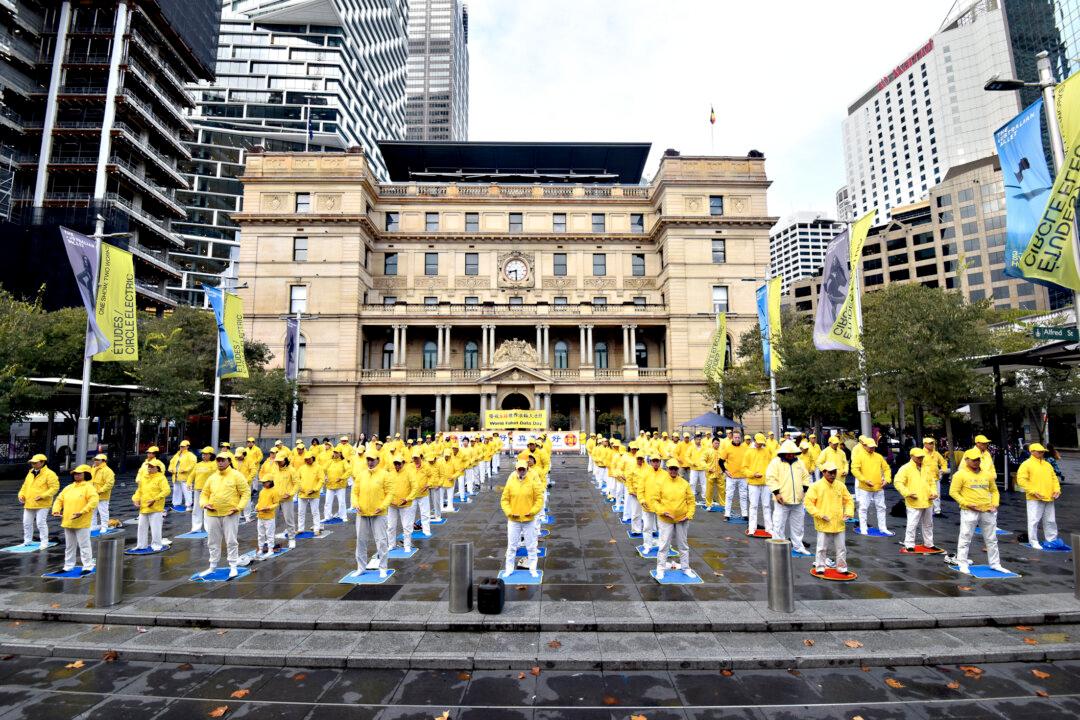An Australian parliamentary committee has recommended easing the permanent residency pathway for skilled temporary workers and the “best and brightest” international students to help address the country’s skill shortages accentuated by the pandemic.
In its final report tabled to the federal parliament on August 9, the Joint Standing Committee on Migration has laid out a detailed proposal for a more flexible migration system that can “adapt to emerging labour market needs.”





